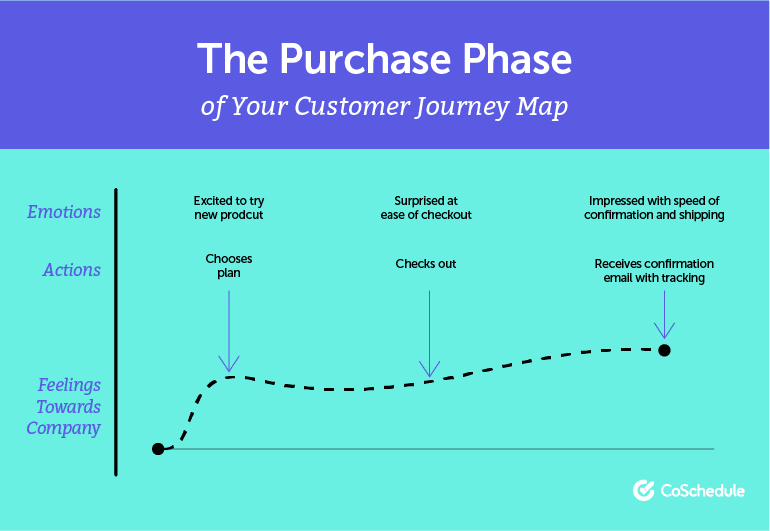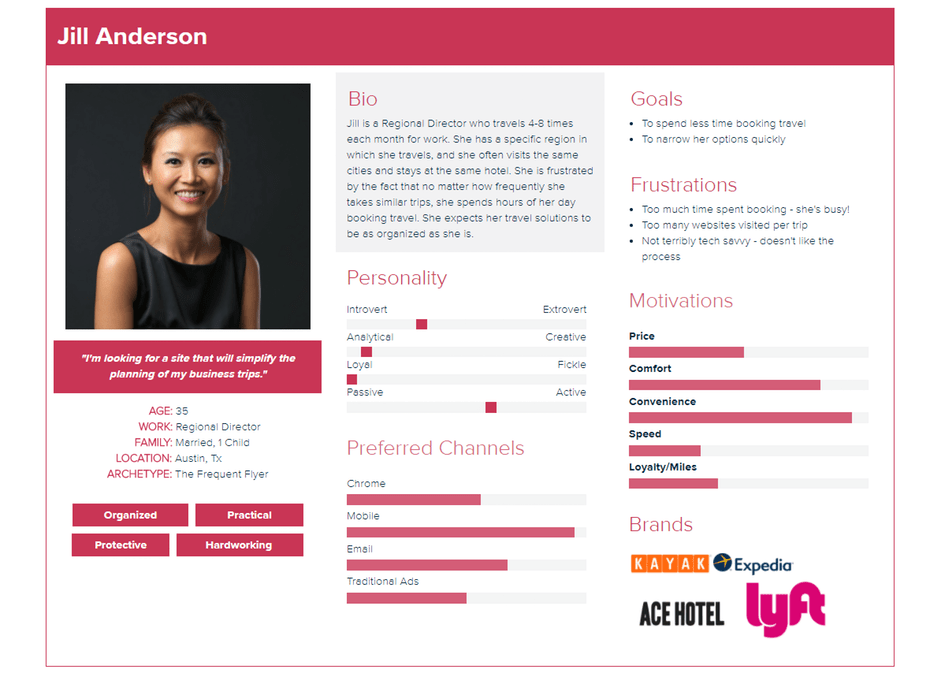Landing pages are an essential tool in any digital marketing campaign. These pages can come in many shapes and sizes, but ultimately, a good landing page is a chance to connect and convert.
So, what is a landing page, exactly? Here’s my simple definition…
A landing page is a single web page used as a destination for users interacting with your digital marketing efforts. It’s hyper-focused and contains one main call to action. It’s primary function is conversion and should be devoid of anything distracting from that.
So, it’s simple, right? Not so fast. Less is more is a difficult concept for people. We write more words than is necessary for a post. We overexplain something when asked a question. And we inevitably try to squeeze too much information into a landing page, defeating its intended purpose.
So, here is a quick checklist for you to run through before you take a landing page live…
- Who is the target audience?
- Did you journey map this?
- Does your landing page have a singular purpose?
- How easy is it for a user to perform the desired action?
- Are your tracking codes in place?
- Do you have marketing automation or CRM in place?
Check One – Buyer Persona
Any good marketing endeavor should be built around a buyer or marketing persona. You need to know who you’re talking to. Simply put, if your efforts are not meant for a specific audience, then your efforts are nothing but noise.
A buyer persona is a client archetype, a typical example of a certain person. Your persona should focus on the needs and motivations of a client type, the type you are targeting with your landing page.
Adele Revella, founder and CEO of the Buyer Persona Institute (yup, there is such a thing), and her team have put together a website that is a treasure trove of tips and information all about buyer personas.
Here is a great example of a Buyer Persona from Xtensio…
As you can see, this is their one-page bio. Remember, this is not a real person, it is a fictional character based on real data from real people you’re targeting. You should be able to glance at this as you are creating your landing page to be certain that page will appeal to this persona and will drive conversion.
Now that you know who the landing page is for, outline the steps they will take to get there…
Check Two – Journey Mapping
One of the easiest mistakes to make in any digital marketing effort is to skip steps. The success of your campaign is dependant upon the quality of your planning, understanding, and planning for the steps a person will take to get to conversion.
Landing pages are one step in the marketing process. Before you set up a landing page, you need to know where it fits in the grand scheme of things. This is where journey maps come into play.
Journey mapping is originally a process used by UX practitioners, but the concept fits perfectly into a digital marketing plan because, ultimately, we’re still talking about user experience.
What is journey mapping? Here’s a great definition from Nielsen Norman Group, leaders in UX…
A journey map is a visualization of the process that a person goes through in order to accomplish a goal.
Your journey map can be a simple sketch or something more involved. If you’ve never done one before, I recommend starting with a sketch on a whiteboard or scrap of paper.
The steps are simple. Using your knowledge of your target audience and some empathy and you can anticipate the path your customers will take to get to the point of conversion.
You can sketch out the journey along a path that also measures their mood and/or motivation. This can be helpful because you can identify opportunities where you can sweep in and be the hero in their journey. Here’s a sample of what I’m talking about from CoSchedule…

I have seen several different types of journey maps, and I’m convinced there isn’t one right way to build one. The point is to gain a level of empathy with your target audience, so you can truly understand their pain and motivation.
Now, look back over your sketch and see if there are any steps you can remove and/or anything you can do to encourage the user along to the point of conversion. Once you have the perfect path mapped out, commit it to ink for this campaign and as a guide in future campaigns.
Now, look at your landing page. Is a user who is following the journey landing on a page they’re expecting? And what happens next?
Check Three – Landing Page Purpose
So, this one is simple: your landing page should have one purpose and one purpose alone. A marketing landing page should be singularly focused on conversion, the user taking the action you wish them to take.
It can be tempting to start adding in additional information, subsequent offers, or navigational and/or additional design elements. Fight this urge. This includes linking to your main website – do not do it. Think of a landing page like a paper cup filled with water, the holes you poke in the side of the cup, the easier it is for the water to escape. Providing links to the user (poking holes in the cup) to allow them to navigate away from the landing page decreases conversion opportunities.
Know your audience (persona), track their journey, and then make a landing page that fits in that path and does what it needs to get the user to convert. Anything else is wasted on this page, and in many cases, can dilute the effectiveness of your landing page.
Check Four – Ease of Use
This check is also relatively simple. To get a user to take action, action must be simple to take. And again, this is where many landing pages fail.
Think about your own experiences on websites and landing pages. If something is even slightly difficult and your motivation isn’t off the charts, the chance of you completing the task is slim to none.
The average website user has the attention span of a gnat. That’s not to say that everyone using the Internet has ADD, no, there’s just a lot of information competing for their attention.
So, my point? Make the action you want them to take a quick and easy one. If it’s a form, limit the fields, and more specifically, the required fields to the bare minimum of what you’ll need from them. If it’s a download, make sure that download is an easy action and works quickly.
Landing page abandonment is a real problem. Sure, you can try to bring them back with retargeting but why not convert them the first time?
The design of the landing page can also affect its ease of use.
Check Five – Tracking Codes
This one is simple. You won’t know if your landing page is successful unless you’re tracking the activity on that page. It could be simple codes like Google Analytics.
Or if you’re doing any Facebook advertising, you’ll want to include the Facebook Tracking Pixel. Of course, you can combine all of these tags using Google Tag Manager.
Of course, you should seriously consider using a marketing automation platform for setting up and tracking your landing pages and your marketing in general…
Check Six – Marketing Automation Integration
If you’re doing any sort of digital marketing without marketing automation, you’re simply doing things the hard way. You are missing out on enhanced tracking/data and opportunities for additional, meaningful touches along the customer journey.
Marketing automation platforms like HubSpot, SharpSpring, or Marketo allow you to automate marketing tasks like emailing prospects, follow-ups after demos, appointment scheduling, and more.
So, let’s say someone gets to your landing page and completes the desired action. Let’s say they fill out a form to get a digital download. After that download, you can automate emails to go out, which could make offers or give them a chance to set up an appointment.
All of this activity is tracked, so you can see what is working and what is not. Is your landing page hooked into a marketing automation platform? It should be!
Conclusion
We’ve delved into some heavy topics here. If you thought this would be a simple checklist, I hope you now see all of what goes into a successful landing page.
Some of these things you will not have to do every time, as long as you go through this process seriously at the start. That said, it’s never a bad idea to revisit your buyer personas, customer journey, and marketing automation efforts as you continue your marketing campaign.
Use the tools, the data, and your knowledge to ensure that every landing page you create is a winner. If you need help with any of this, drop us a line or give us a call at 717.457.0522.
